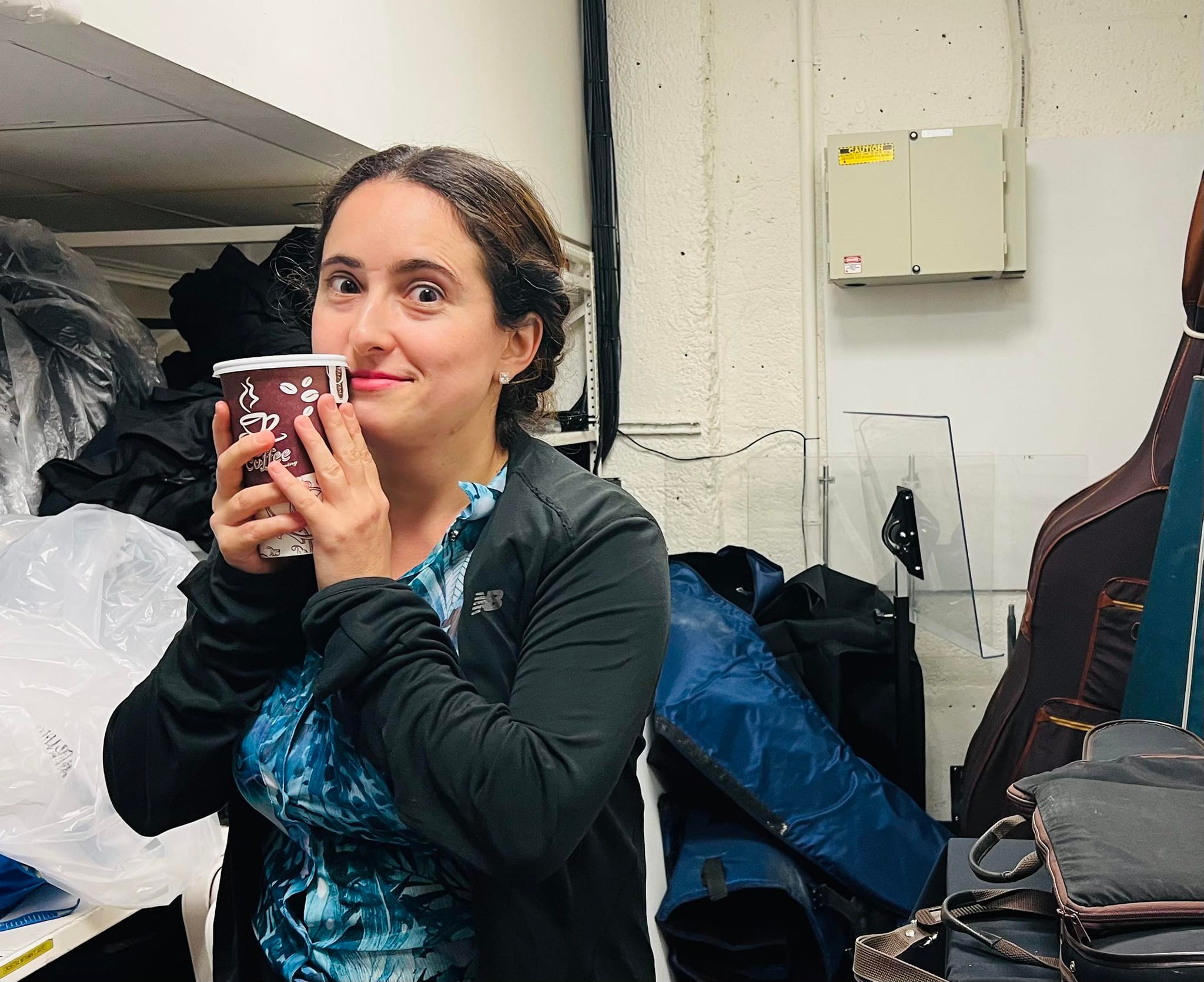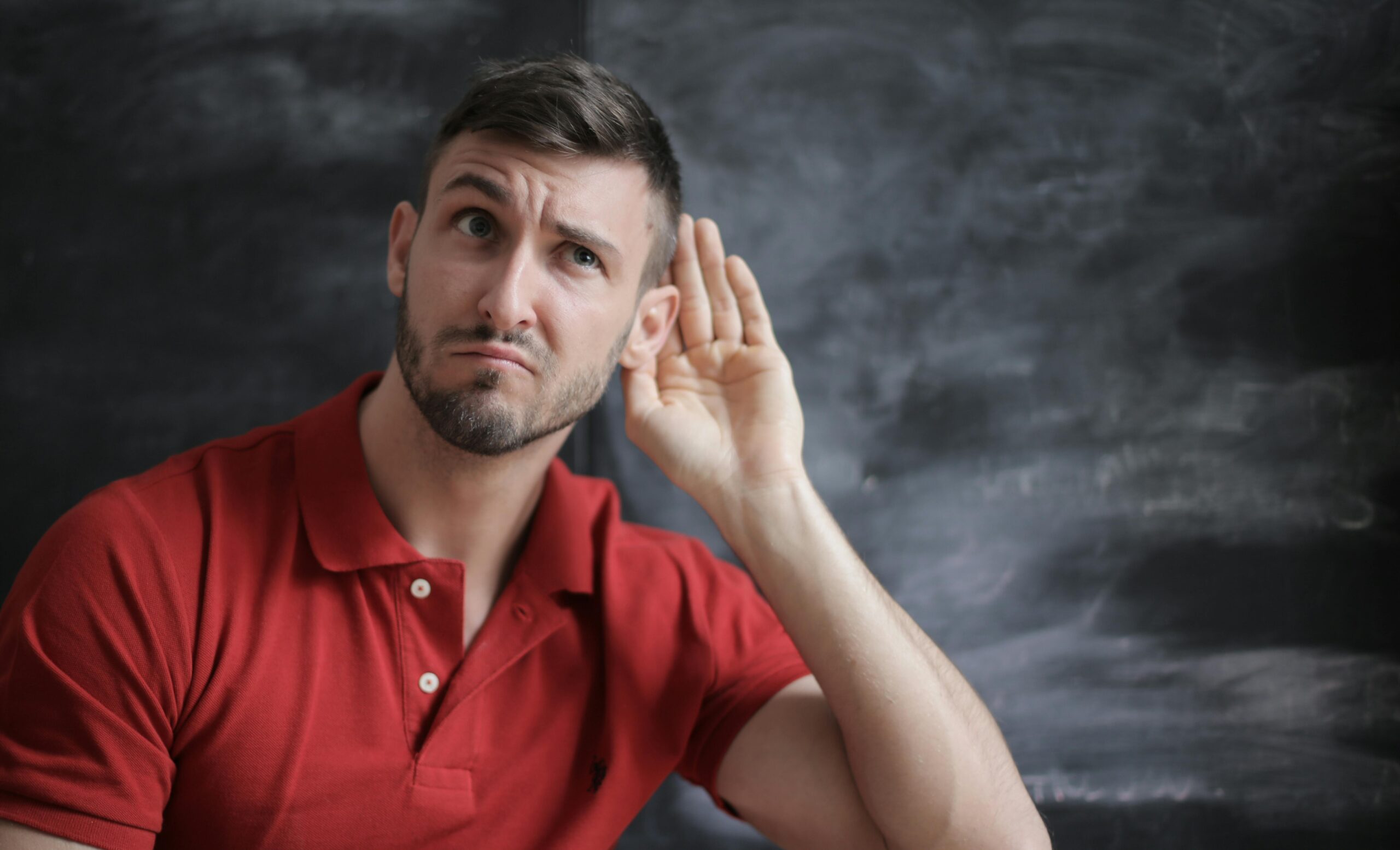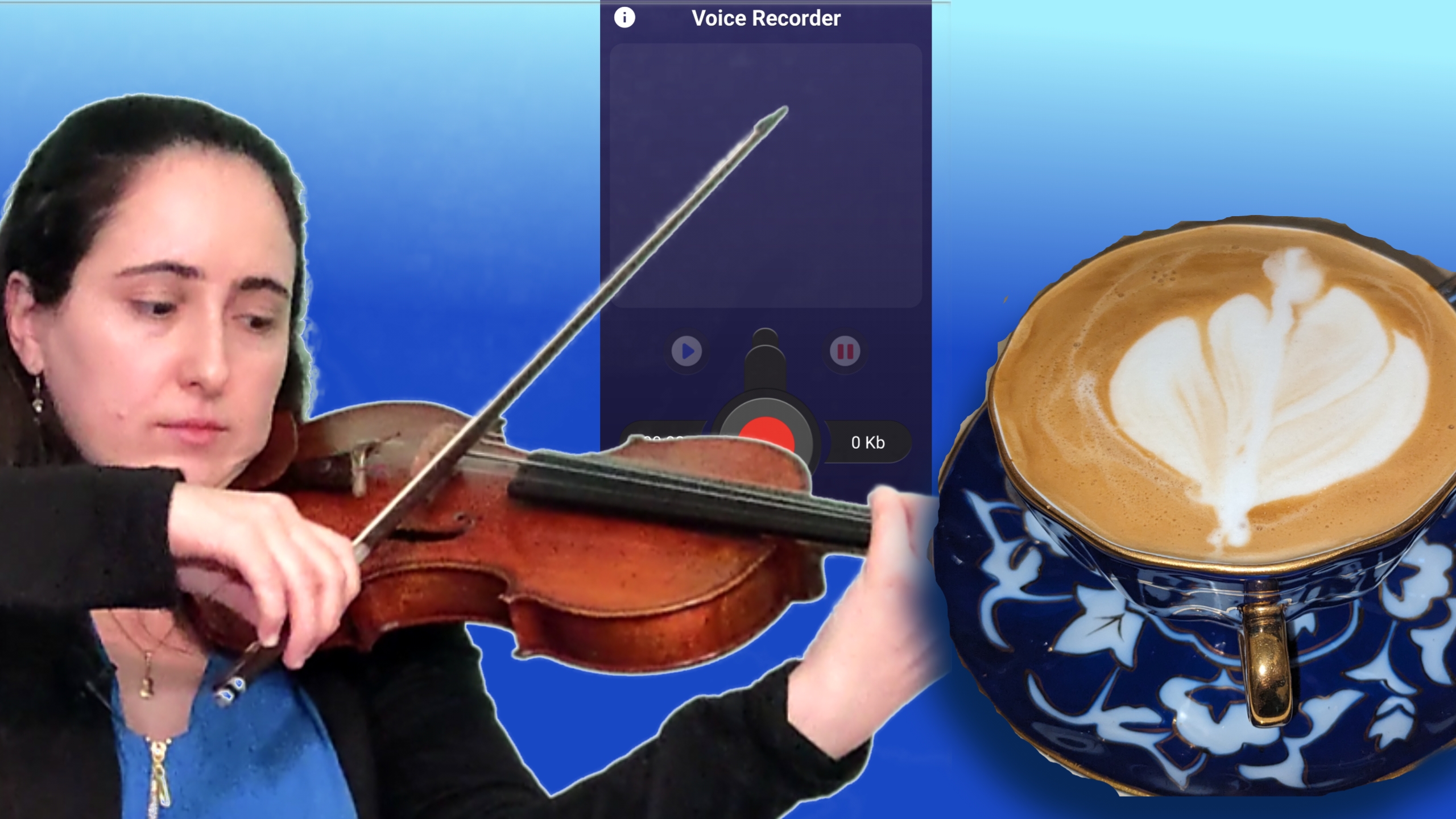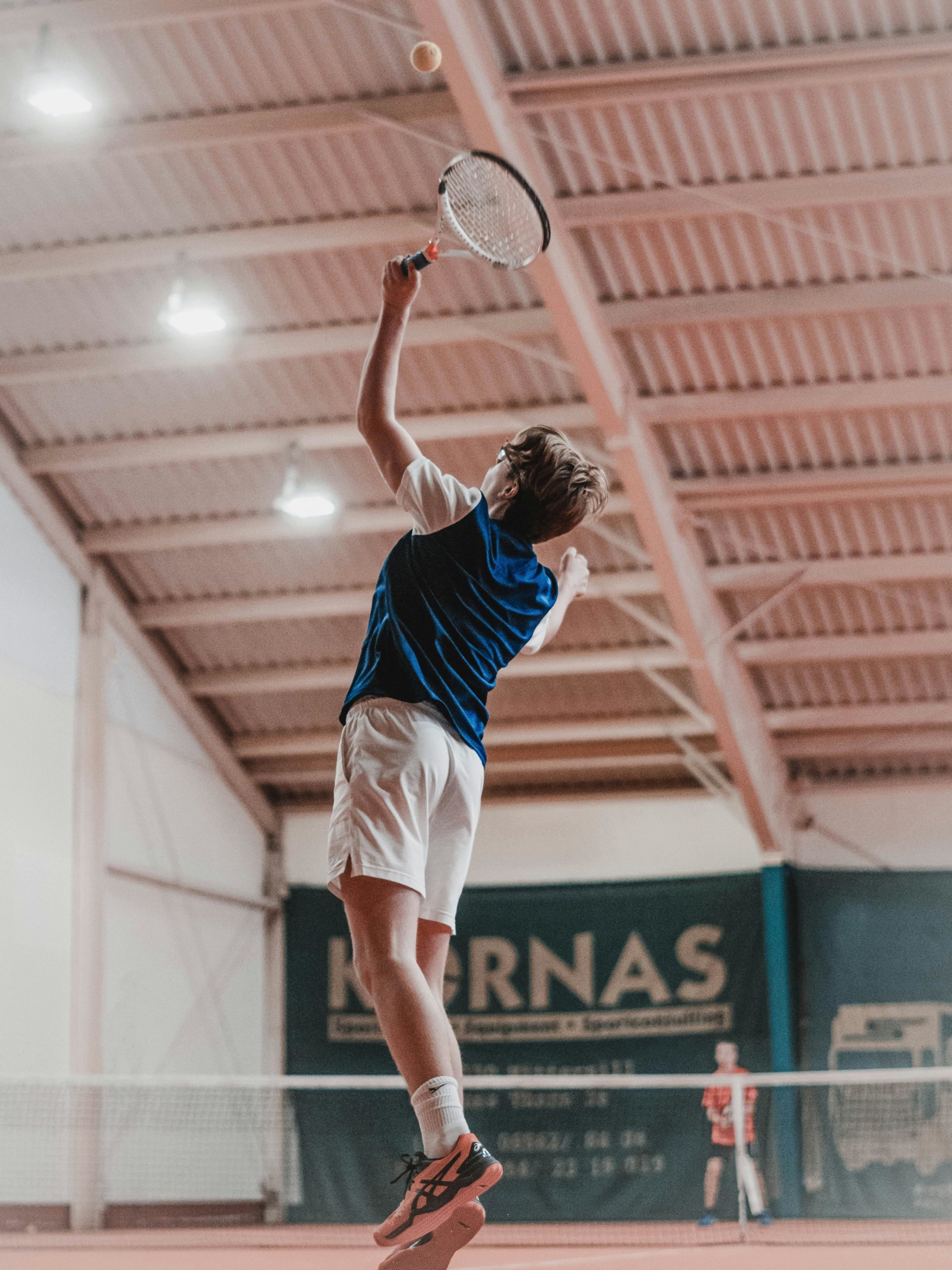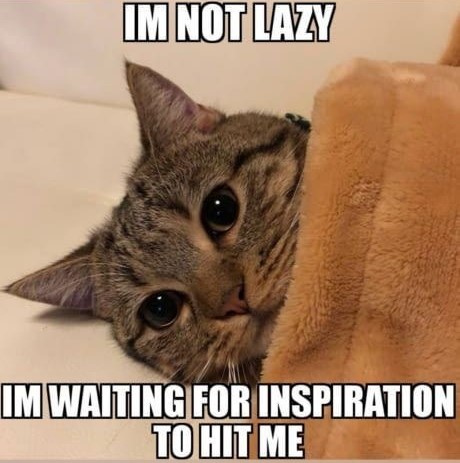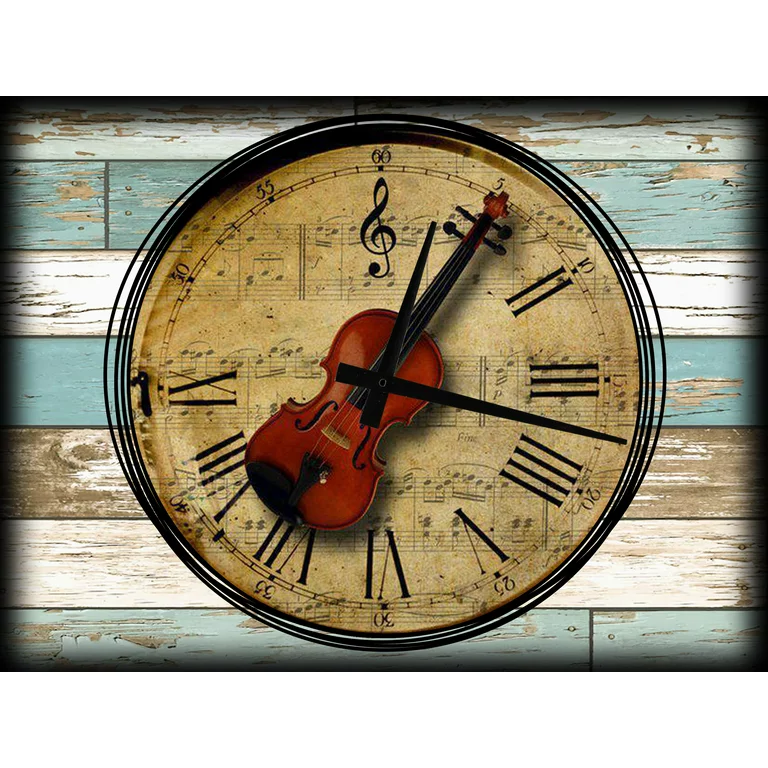The biggest time-waster in the practice room is whipping out our instrument and proceeding to play through repertoire over..and over…again. Often repeating mistakes. Often getting annoyed at those same mistakes with no idea of how to solve them. Six hours of practice later, we pat ourselves on the back for a “busy” day with our instrument. The next day, of course, all the same problems come up in the repertoire. Or worse – we have gotten SO burnt out the previous day that we spend the rest of the week not practicing at all. The lack of purpose and direction has led to overwhelm and lack of progress.
Much more effective is to have a clear plan and idea of what and how to practice. It’s far better to target something concrete in a focused 2-hour practice day than to panic through a 6-hour one. This is especially important when there is a lot of music to learn and not enough time in the day. Often, achieving one specific task will give valuable information on how to improve other parts of our playing, whether it’s related to something technical or a decision on interpreting a piece.
Here are 3 simple (but not necessarily easy) steps to practice with better intention.
Continue reading “How To Practice With Intention & Solve Problems Faster” →
